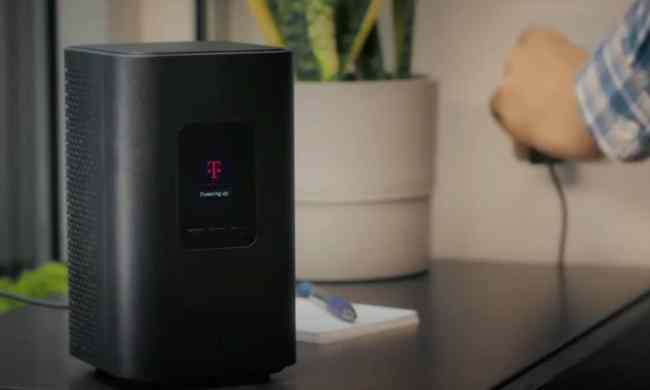A panel of international experts has announced that 5G does not pose a health risk, after updating its radiation exposure guidelines. The body responsible for assessing health risks of radio broadcasts, the International Commission on Non-Ionizing Radiation Protection (ICNIRP), has updated its guidelines regarding exposure to electromagnetic fields to cover 5G signals.
The commission has ruled that some protections are required against the high-frequency millimeter-wave version of 5G, which uses the 6GHz-and-above band, but that the version of 5G used in the United States and soon to be used in Europe is below this higher-frequency level.
“We know parts of the community are concerned about the safety of 5G and we hope the updated guidelines will help put people at ease,” said ICNIRP chairman Dr. Eric van Rongen. “The guidelines have been developed after a thorough review of all relevant scientific literature, scientific workshops, and an extensive public consultation process. They provide protection against all scientifically substantiated adverse health effects due to EMF exposure in the 100kHz-300GHz range.”
Some people had been concerned that 5G could cause health risks such as an increased rate of cancerous tumors, although health experts have maintained that 5G is safe. The new guidelines from ICNIRP confirm that the public does not need to worry about the health effects of 5G.
Even though the previous guidelines for electromagnetic field exposure were drafted 22 years ago, the commission maintained that they continued to provide adequate protection, with only small updates required to account for new technologies like 5G.
“When we revised the guidelines, we looked at the adequacy of the ones we published in 1998. We found that the previous ones were conservative in most cases, and they’d still provide adequate protection for current technologies,” Van Rongen said.
“However, the new guidelines provide better and more detailed exposure guidance in particular for the higher frequency range, above 6 GHz, which is of importance to 5G and future technologies using these higher frequencies. The most important thing for people to remember is that 5G technologies will not be able to cause harm when these new guidelines are adhered to.”



